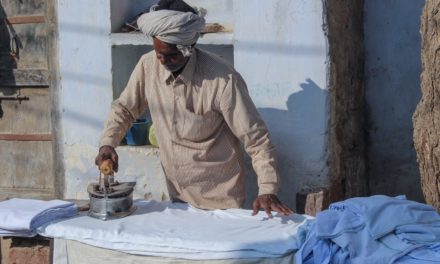Rural America can provide a refuge from urban noise and congestion. Rural residents, which make up about 20 percent of the country’s population, may not have access to essential health services such as doctors and dentists.
According to the Centers for Disease Control and Prevention, rural Americans are more likely than urban ones to not have health insurance, smoke and become overweight. They are less likely receive dental care. Rural areas are also more likely to suffer from unintentional injuries and car accidents than urban ones.
The CDC’s Prevention Research Centers network funds approximately $10 million each year in rural health research. Researchers from the PRC network work closely with rural communities in order to address these health problems.
An advantage to living in rural areas, says Jim Burdine, Dr.P.H., of the Texas A&M University PRC, is that residents often have greater access than people in urban areas do to influential decision-makers and more opportunities to make system-wide changes.
“Bring 30 to 40 people together on a Tuesday night at the local library, and ask them about the challenges in the environment,”Dr. Burdine suggests. “Is it transportation? Has the local doctor retired? What are the resources to solve these problems? People will start to come up with potential solutions, and folks will realize they had a good idea they never shared with anybody.”
Researchers find that while rural areas might be lacking in certain resources, such as hospitals or grocery stores, they have high levels of other resources, such as a sense community and the ability for neighbors to work together.
West Plains (Mo.), a rural village of 11,592 residents, witnessed the death of high school runners who ran on narrow country roads. Saint Louis University PRC collaborated with residents to create safe trails for runners and walkers.
Others have set up farmer’s markets in rural areas to sell fresh produce. They also have church vans and volunteer drivers that take people to distant appointments. Or, they work with dental schools to recruit student dentists. To reduce rural teens’ smoking, high schools have tapped into the West Virginia University PRC’s smoking cessation program.
Along with the Texas, West Virginia, and Missouri PRCs, there are also PRCs located in Iowa, Georgia, Alabama and North Carolina.
The University of Iowa’s PRC teamed up with community partners in Sigourney (Iowa), to encourage healthy food choices. Community members worked with schools to make non-sweetened beverages readily available. They also encouraged adults to walk to school after hours. These are simple steps that researchers believe can help lower obesity rates.
Dr. Burdine claims that even though researchers and government programs may be helpful, residents often have the best ideas.
“Ultimately,”He said, “The solutions are not going to come from the outside.”
Visit http://www.www.cdc.gov/prc.












